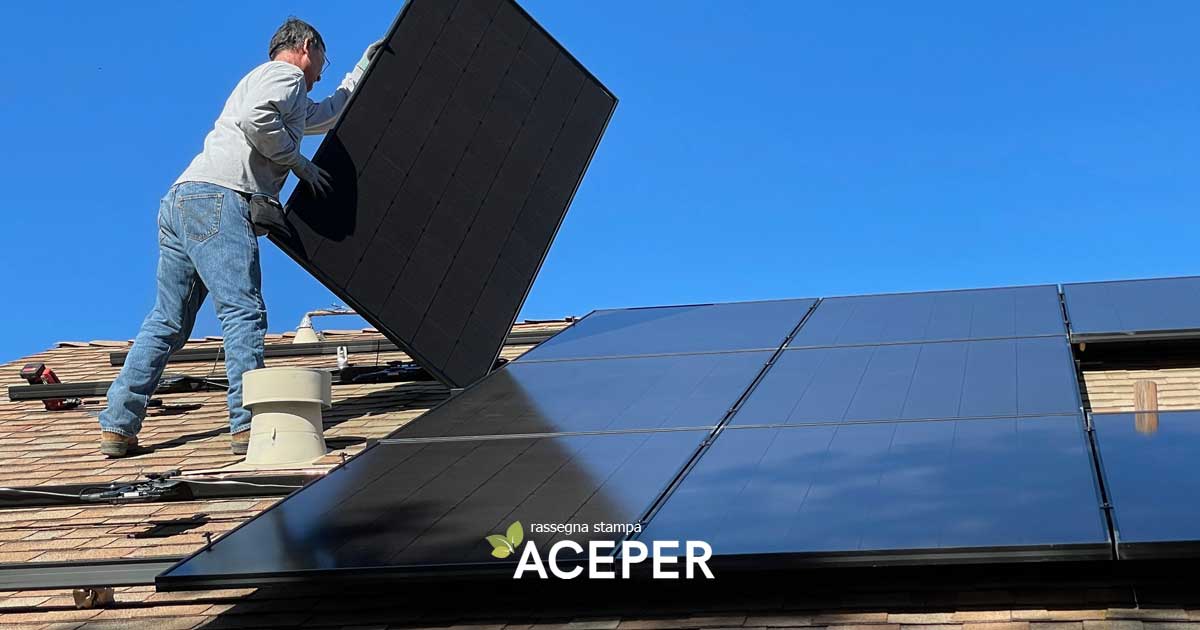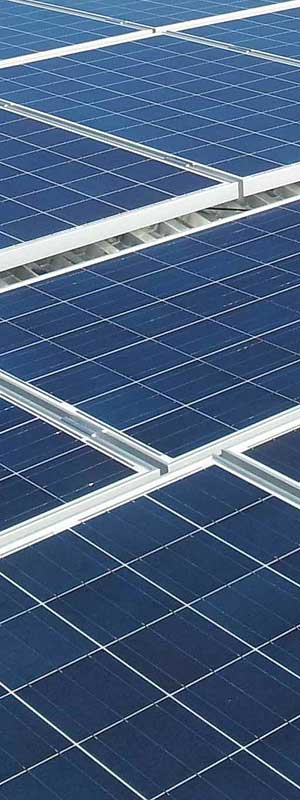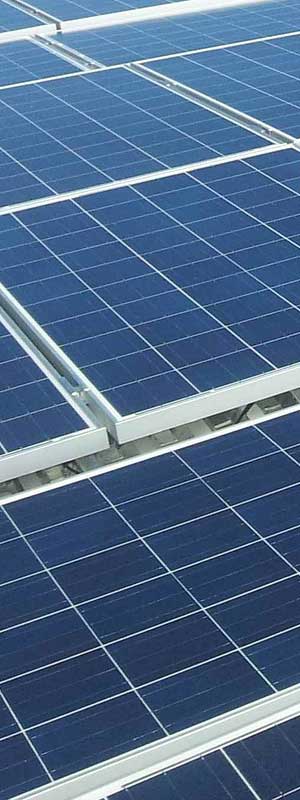31 January 2023

At the national level, the Italian Revenue Agency has published the rules for benefiting from the tax credit recognized for expenses related to the installation of energy storage systems connected to renewable energy plants, such as photovoltaic systems.
It’s a new benefit provided by the 2022 Budget Law for expenses incurred in 2022. Energy storage systems are designed to encourage self-consumption, ensuring clean energy even at night or when photovoltaic panels are not productive; they are considered key to a home’s energy independence. Following the energy crisis, the moment is particularly favorable for photovoltaics, which are experiencing a real boom: in the first six months of 2022, requests for new panel connections have tripled, and there is growing speculation that Italy could free itself from Russian gas thanks to renewables.
Compared to the average installation of 450 megawatts of photovoltaics per semester, by the end of this year, we will have reached a total of 2,500 new megawatts from photovoltaics. And the potential remains immense: the regions with the highest number of photovoltaic installations are those with less sunlight: Northern Italy. Piedmont is the region that produces the most from photovoltaics in Italy, and Valle d’Aosta is the most “virtuous”. This was recently established by a study conducted by ACEPER, the Association of Consumers and Producers of Renewable Energies, which examined a very large sample of 5,236 photovoltaic installations across 17 Italian regions. In third place is Emilia Romagna. This is also influenced by the government’s recent modification: the so-called simplified unified model has been extended to facilitate photovoltaics.
The main novelty concerns the installation of systems up to 200 kW, for which the simplified unified model can now be used (previously applicable only to installations up to 50 kW). Another recent development in Italy is plug & play photovoltaics: a small solar installation that can be placed on balconies, windows, or in gardens, and connected very simply to the household power socket. Special permissions are not required for installation; just a notification to the distributor. Only condominiums wishing to install on common property require authorization from the assembly. If more energy is produced than needed, the excess is “donated” to the grid.
Now onto the actual Photovoltaic Bonus, which can be claimed by individuals who, from January 1st to December 31st, 2022, incurred or will incur documented expenses to install storage systems integrated into electric production systems powered by renewable sources, even if already existing and benefiting from on-site exchange incentives. The bonus can be deducted in the 2023 income tax return for the 2022 tax year, and any unused amount can be claimed in subsequent years. However, the exact percentage of the applicable tax credit is not yet known (but will be determined based on the ratio of allocated resources – 3 million – to the total eligible expenses stated in applications. If the total amount of eligible expenses is lower than the overall spending limit, the percentage is 100%).
The application for the Photovoltaic Bonus must be submitted from March 1st to March 30th, 2023 exclusively online, using the web service available in the reserved area of the Revenue Agency’s website. A response will be received within 5 days. Additional non-repayable grants are available in Friuli Venezia Giulia and Sardinia for installing photovoltaic systems for private individuals and condominiums. Both regions have approved intervention plans for self-consumption, which in the case of Friuli will also cover interventions carried out in the latter part of the year. In Sardinia, the regulations will instead come into effect in January 2023, as part of the energy income scheme for which a specific call is planned.
Friuli has a fund of 100 million euros available, a true regional eco-bonus for the energy efficiency of private citizens who wish to improve their primary or secondary homes, as well as condominiums. Essentially, it will allow the installation cost of all systems, starting from photovoltaic ones, to be canceled, in addition to the deductions already provided at the national level. Technically, the Fund will be established at the beginning of 2023 but with retroactive effect of several months, so starting work now will qualify for the benefit. Conversely, the Region of Sardinia has opted for an energy income approach for low-income families, making 5 million euros available for 2023 and the same for the following year.
The mechanism is interesting and involves the use of a fund fueled by contributions for selling non-self-consumed energy to the GSE, with priority for those in economic hardship, through a public notice. For condominiums, installations are allowed not only on the rooftop but also on any other common surface, including the roof. Residents will have the right to free self-consumption of the energy produced, but credits accrued for the on-site exchange service will feed into the described fund. The grant cannot be combined with other incentives. Moreover, municipalities can initiate energy communities without drawing resources from their own budget.
See here the article from City Pescara dated 14/11/2022
“Source City Pescara”

Press review
For information



